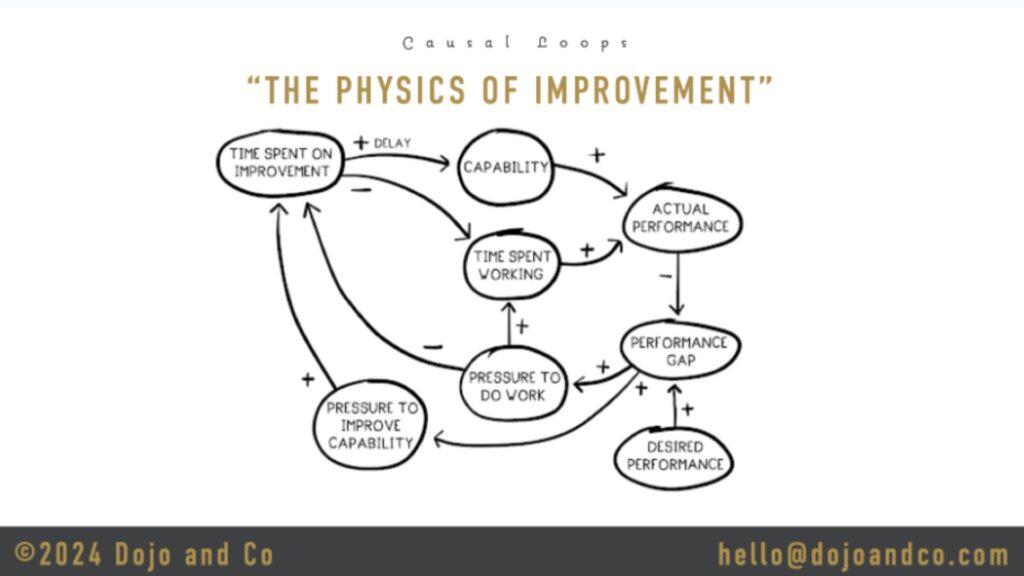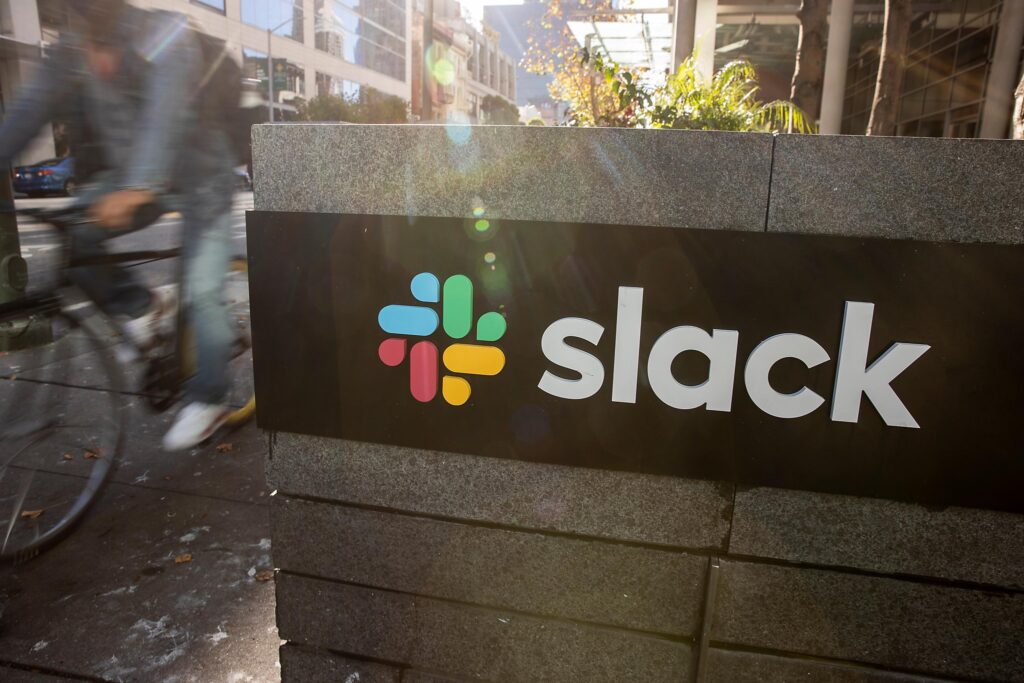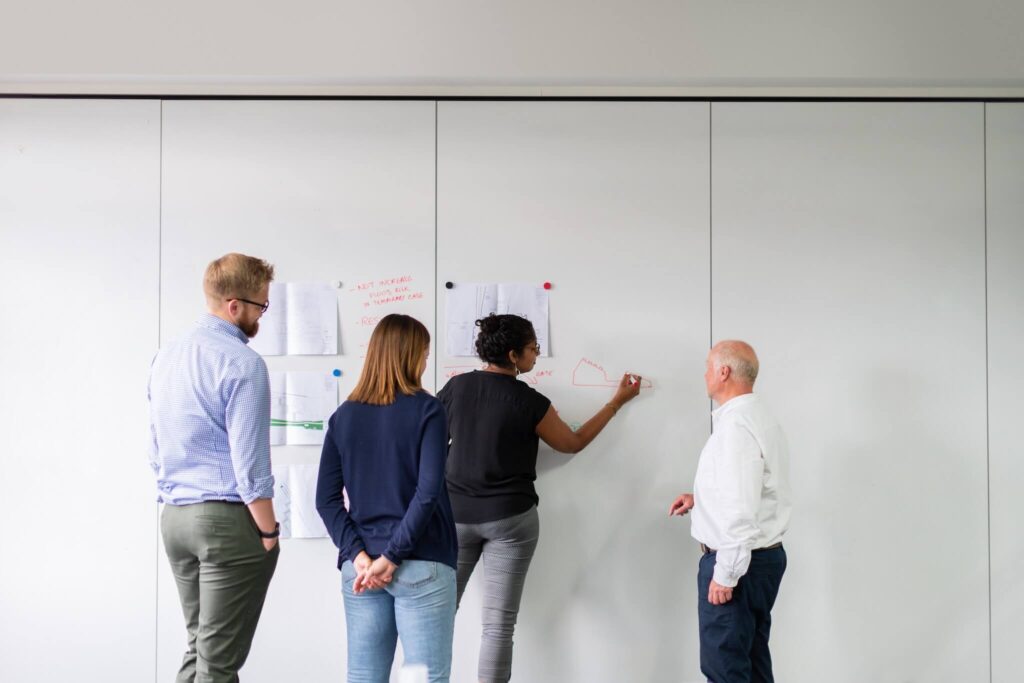Effective communication strategies can be the linchpins to success for technical program managers.
Technical programs — whether they are onboarding programs for training new hires, continued learning programs to help upskill current employees or anything in between — can be complex to navigate without the right communication strategy in place.
Just imagine a school or university setting in which none of the teachers or administrators ever communicated with one another. The curriculum and schedules provided to students would quickly become disjointed and disorganized. At the same time, the staff members would begin to feel that their time and efforts are being wasted on ineffective internal processes.
At the same time, requiring too much communication can be a hindrance as well — teachers and instructors need enough freedom and flexibility to share their expertise in the way that works best for both themselves and the unique learning styles of their students.
In truth, a strong communication strategy is a necessity for keeping all learning environments well-organized and operating smoothly, including technical programs.
What does a communication strategy for technical programs require?
Each communication strategy is different from the next depending on the end goal of the strategy.
Communication strategies between technical program managers are likely to look fairly different than those between administrative or sales professionals. While these groups may share overarching business goals, each has unique communication needs that must be addressed in a tailored strategy.
Technical program communication strategies are often centered around three key goals:
- Heightened Employee Enablement: One of the core goals of any technical program should be to help employees feel more enabled in their day-to-day responsibilities. For example, a technical program for software engineers could focus on the customer goals the software products aim to achieve. This type of knowledge can help better enable those engineers to turn around and apply what they have learned to their ongoing projects, ensuring that all new products and features are designed to meet the demands of customers.
- Increased Employee Engagement: Employee engagement can be a challenge in all workplace settings, especially those where part or all of a team is working remotely. Technical programs can help to bridge this gap and bring employees into the fold by encouraging engagement in the form of course participation, feedback, and even mentoring opportunities for experienced team members. Plus, the more engaged employees are with a technical program, the more likely they are to gain meaningful knowledge and takeaways by the end of the program.
- Improved Employee Skills: At the center of any technical program is the desire to develop employee skills further. Effective communication is crucial for achieving this goal because it ensures that technical program managers convey the skills they want employees to develop further. It also allows employees to express their preferences for the skills they are most interested in and to provide feedback on how a current program is working for them.
The 7 essential pillars of an effective communication strategy
The three goals discussed above are what your communication strategy should hope to achieve — but what are the components necessary to accomplish this?
An effective communication strategy is achieved by establishing the following seven pillars:
- Clarity: Clarity refers to a technical program manager’s ability to convey their vision and expectations clearly to their team. This can include articulating program objectives, detailing the technical requirements of a program, outlining key program milestones, and ensuring all aspects of the program are aligned to reach a common end goal. By making clarity a pillar of your communication strategy, you can minimize misunderstandings and reduce manual errors while also promoting greater productivity amongst your teams.
- Cross-Functionality: Cross-functionality is, in the simplest terms, how well a company’s various teams and departments understand each other and can execute each other’s functions. While you can’t expect your employees to be top-level experts in every aspect of your business, you can facilitate better communication that helps bridge the gap between technical and non-technical teams. In the context of building a communication strategy for technical programs, we can define cross-functionality as the ability to translate complex concepts into simplified language.
- Active Feedback: For any communication strategy to be effective, technical program managers need to be open to feedback. By actively listening to the ideas, concerns, and suggestions of your team, you can create stronger channels of communication that help them better collaborate in the future. As for technical programs, active feedback about these programs helps to inform you of where your program can be improved to help employees stay more engaged and motivated.
- Collaborative Trust: A communication strategy should empower both technical program managers and participants to feel fully enabled to do their best work. This requires collaborative trust between all parties involved in the program to overcome the challenges and complexities that may arise along the way. To establish collaborative trust, a communication strategy must grant technical program managers the ability to assess the reliability and competence of the various team members involved, from instructors to new hires.
- Adaptability: The fifth pillar of an effective communication strategy for technical programs is adaptability. No matter how much planning you put into a technical program, there will always be random variables that can impact how well your plan is executed. To ensure a strategy is adaptable, it is vital to account for the specific communication styles and mediums that fit your team members on a case-by-case basis. For instance, you need the ability to adjust your communication strategy depending on if program sessions occur in person or pre-recorded.
- Competence: Competence is certainly an important aspect of your technical program but it can also be a key element of your communication strategy as well. When we speak about competence in the context of communication, what we refer to is the ability of technical program managers and participants to voice and explain their current level of competence. From a technical program manager’s side, this can look like assessing where your competence ends and needs additional assistance from other company experts.
- Shared Knowledge: For the final pillar that makes up an excellent communication strategy for technical program knowledge, we have shared knowledge. Shared knowledge refers to not only the willingness to share knowledge freely between team members but also having the communication tools, resources, and channels in place to do so. In today’s modern workplace scenarios, this often translates to adopting the right platform or another tech-based knowledge that enables you to consolidate company knowledge into a central knowledge base.
Incorporating these seven pillars into your communication strategy can create a solid foundation for communication and collaboration in your technical programs.
Evolving your technical program communication strategy with PlusPlus
What is most important to remember is that effective communication is not a one-time event — instead, it is an ongoing process that requires consistent upkeep and attention to maintain.
As your team evolves and grows, so must your communication strategy.
Finding the right level of technical support is crucial for this evolution. Prioritizing processes like feedback and progress assessments can help you stay on top of your communication strategy and regularly assess its effectiveness while maintaining adaptability ensures that all of your employees receive the tools, resources, and support that best fit their specific needs.
With the right technologies in place, you can greatly simplify your technical program management to facilitate effective communication between your teams better. To do this, you need a technical program solution that leverages modern technologies to support key processes, like automation.
At PlusPlus, our team enablement platform offers you all this and more. We help you unlock team program management at scale for all of your technical program communication needs.
Key features of our platform include:
- Centralized Knowledge: Through the PlusPlus catalog feature, you can centralize all expertise across your entire company in one central location. Our knowledge-sharing capabilities include a searchable knowledge base, automated surveys, tracking and reporting, and scheduling tools to help not only streamline your internal information but also create a single source of truth.
- Communication Logistics: Half of the struggle when it comes to internal events is keeping all of your communications logistics organized. PlusPlus simplifies this by automating the preparatory tasks needed to operate a technical program. This includes everything from discovery tools for finding the best experts on your teams to automated notifications for both email and Slack.
- Mentorship: Great communications strategies know how to identify your top experts interested in participating as mentors in technical programs. Mentors can serve in a variety of vital roles, such as instructors or one-on-one coaches. PlusPlus supports your mentors with key features like filtering and bi-directional feedback that enable mentors to communicate efficiently with both each other and their mentees.
Unleash your team’s power to communicate with the PlusPlus team enablement platform.
Book a demo today to learn more.







